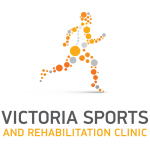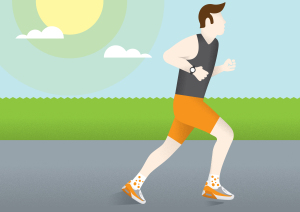For many of us, getting back into fitness and trying to shed those stubborn winter kilos means hitting the pavement for some cardio. Not wanting to look like a novice, it is easy to get caught up in all the running advice available.
Should I have a toe strike, heel strike, mid foot strike? Am I over pronating? Under pronating? What shoes should I go with? What should my training schedule look like?
It can be an overwhelming experience sifting through advice from magazines, online articles and that one friend that runs 12km every morning, and has every gadget on the market! In an attempt not to become another generalist article, I’m not going to recommend landing positions or give footwear advice, as that should be personal and individualised.
When it comes to running style however, there are a couple of tips that everyone can benefit from to keep you on the footpath and out of the treatment room!!
- Are your hip stabilisers working properly? Weakness through the lateral (side) gluteal muscles is a common cause for not only hip pain, but also knee and lower back pain. A quick self test to do is a single leg squat and see if your knee falls towards the other one. If this happens, then your Osteopath can run (pun intended) you through some exercises to help with the re-activation of that muscle.
- Shorten your stride. A 2016 study found that, ‘Regardless of foot strike pattern, a 10% shorter step length resulted in a decreased peak contact force, force impulse per step, force impulse per kilometre, and average loading rate at the TFJ and medial compartment’1. Put simply, this means that whether you’re a toe runner or heel striker, shortening your stride reduces the force going through your knees. Interestingly, the converse is also true in that lengthening the stride will increase the force going through the knee! Sore knees are a common complaint amongst runners, with over-striding being a contributing factor.
- Run light. This links in well with a shorter stride, and means less force is loaded onto the leg muscles and joints with each step. Aiming to keep momentum and energy moving forwards rather than landing hard onto each leg, means the stride is more efficient, and there is less likelihood of injury.
Keeping these in mind will help to guard against injury and make your running a whole lot more enjoyable!
- Bowersock et al. Independent effects of step length and foot strike pattern on tibiofemoral joint forces during running. Journal of Sports Sciences. 2016 Nov 1:1-9.

